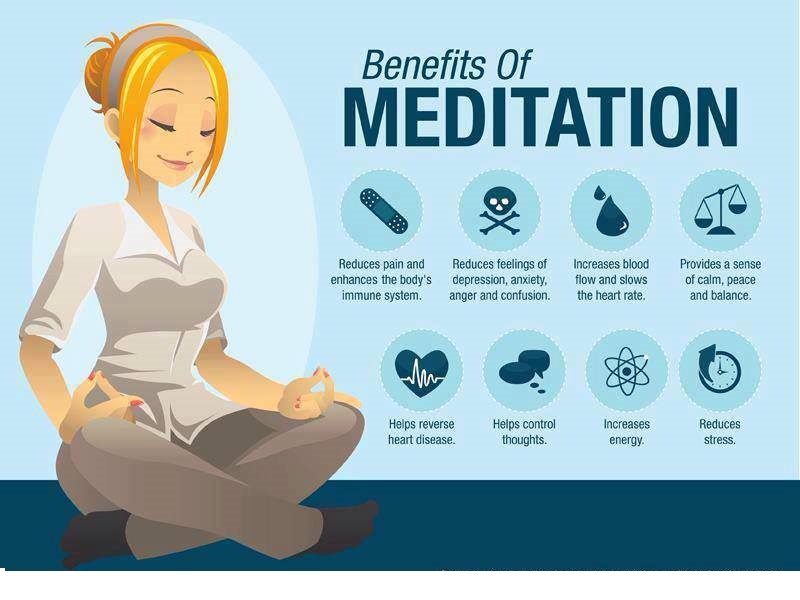When I'm
talking to mind body newbie’s, they often ask me if I like living the mind body
lifestyle. They are usually worried that they'll have to torture themselves for
life with something un-fun and limiting. Happily, the mind body lifestyle is
quite the opposite! Today's article is an example of what it's like to live
this way, so that you can come sit in my living room with me and experience how
I stay pain-free.
It goes like this: All day long, every day, my body is
letting me know important things. How is it telling me? Via emotions. How do I
know I'm having emotions? Via body sensations. So, my first step is to stay clued
in to what my body and emotions are telling me. If I miss an emotional clue, my
body will let me know with a little tension or some other small signal. All I
have to do is notice these signals, and I can easily stay healthy and
comfortable in my body. It's only if I were to ignore them that I might get a
hint of pain.
Today is a
perfect example of what it's like to use the mind body
maintenance plan.
During a
session with a client this morning, I noticed I was having trouble speaking. I
don't have a sore throat, I am not sick, and yet I was losing my voice. On my
next call of the day, my colleagues noticed this and asked me if I had a cold.
"No,"
I answered, "and I'm not exactly sure what my body is trying to tell
me."
There was
silence while we all sat with that statement. It had the ring of a big fat lie.
(No judgment here - it's quite normal that we all lie to ourselves frequently.
It's actually quite good to find the lie, because then you can easily figure
out what's really going on.)
I sighed.
"Ok, so I do know what my body is telling me. I am not up for coaching
right now, and I have a really full schedule because I've been out of town and
will also be gone next week."
My colleague
said, "Why not reschedule your sessions?"
My insides
cringed. My mind panicked momentarily. And then, there it was. The THOUGHT
behind this whole thing.
"I will
be disappointing them," I answered. "They need their sessions, and I
won't be here for them."
Which is one
of the old patterns I have that leads me away from taking care of myself and
straight into physical issues? I've spent many a year trying not to disappoint
people, ignoring my own body/self, and ending up flattened as a result. This
pattern does not serve me well.
The truth is
that I must take care of myself in order to be of any help to any client. In
fact, I might even disappoint my clients more by showing up and not being able
to really do my job. My wise inner being knew that it was time to step back
from coaching and take care of me, but I was afraid to follow this wise
instruction. So, even though I knew in my heart what I truly needed, I plowed
forward with coaching.
My brilliant
body let me know that I was off track. It took away my voice.
Isn't it
fascinating how our minds can yank us away from doing what is best for
ourselves? Because my mind was afraid of disappointing clients, I was ignoring
my soul's request for some quiet rest time. I was ignoring the emotional
message, so my body amped up the volume a bit with the voice removal.
Hopefully
you can see the process. As I noticed what was going on with myself, I
uncovered a belief system that was causing me to work directly against what I
really needed. As soon as I saw that, I was able to decide what was truly best
for me, and choose whether or not to act on that belief. I listened to my body,
and therefore we are on good terms. I won't get sick, I won't have pain - I
don't need the alarm to ring any louder than it just did.
So my body
and I struck a deal. I would finish out today, but cancel clients for tomorrow
and take some serious rest and self-nurturing time. As soon as I made that
deal, I felt an uplifting, lightening sensation in my chest. My voice got
clearer. I felt the resonance of alignment with myself.
What I like
about this is that there's no fear involved. There's no imprisonment. It's not
like following some hideously boring diet for the rest of my life. It's
freeing, actually, to always be checking in with my body and listening to its
messages. Even if I need a slight alarm system warning here and there, it's
nothing scary. It's just something to notice, learn from, and take action on so
I can keep creating health.
I've noticed
the more I listen to the messages, the quieter they are. The alarms don't need
to be very loud anymore. Most of the time, I hear the whisper of my emotional
guidance system and don't need any major body warnings. I used to get a full-on
chest cold, a headache, a foot pain, or some other alarm. I love that today the
body warning didn't even have to create any discomfort for me to hear it.
Nothing in my body hurts, but I still get the message, loud and clear. This is
cause for celebration!
You, too,
can arrive at this point where you listen to what your body is saying, day in
and day out. It's not a bad thing at all - in fact, it's pretty dang cool to
have such a helpful GPS system with which to navigate through life. I always
know what's best for me, what will lead me to health and happiness, and what my
next step is. There's a sense of confidence in that knowledge. Strength. Peace.
And of course - health.
Abigail
Steidley is a Mind Body Coach and mind body-spirit healing expert. She works
with clients throughout the US and Europe, teaching mind body tools to create
health and spiritual connection. She is the founder and owner of The Healthy
Life, LLC and author of the audio course The Healthy Mind Toolbox: Essential
Tools for Creating Your Healthy Life. Her current coaching practice also
includes training mind body coaches in the specific mind body tools that help
clients lose weight, de-stress, relieve pain, and create a deep, lasting
connection between mind, body, and spirit. She works with and teaches a variety
of healers, applying mind body-spirit connection techniques, to help them stay
healthy, sane, and productive in their own lives and enabling them to
effectively serve others and prosper.
{Source: http://ezinearticles.com/?Living-the-Mind-Body-Lifestyle&id=6087463}



























